Introduction à la fermeture à ouverture rapide
Les fermetures à ouverture rapide sont des dispositifs mécaniques conçus pour fournir un accès rapide et sécurisé aux récipients sous pression et aux pipelines. Ils remplacent les brides boulonnées traditionnelles pour réduire considérablement le temps nécessaire à l’ouverture et à la fermeture. Équipés d’un mécanisme de verrouillage, ils assurent une étanchéité parfaite, ce qui est crucial pour maintenir l’intégrité et la sécurité des systèmes industriels. Ces fermetures sont conviviales et réduisent considérablement les coûts de main-d’œuvre et les temps d’arrêt, ce qui en fait un atout précieux dans les opérations nécessitant un accès fréquent à l’intérieur d’un récipient ou d’un tuyau.
Dans divers secteurs, l’importance des fermetures à ouverture rapide ne peut être surestimée. Ils sont particulièrement cruciaux dans les secteurs du pétrole et du gaz, du traitement chimique et du traitement de l’eau, où la sécurité et l’efficacité sont primordiales. Ces bouchons aident à gérer les risques opérationnels en fournissant un mécanisme d’étanchéité fiable qui résiste aux pressions élevées et aux environnements difficiles. De plus, leur fonction d’accès rapide prend en charge l’entretien de routine et les interventions d’urgence, améliorant ainsi la productivité globale et réduisant les dangers potentiels. Alors que les industries continuent de privilégier la sécurité et l’efficacité, le rôle des fermetures à ouverture rapide devient de plus en plus essentiel, stimulant l’innovation et la mise en œuvre dans tous les secteurs.
Spécification technique
| Spécification technique | |
| Diamètre nominal DN : | <1800mm |
| Pression de calcul PN : | ≤40 MPa |
| Milieu de travail : | Pétrole, gaz, eau |
| Température de conception : | -50°C~300°C |
| Matériel: | 16Mn,A350LF2, A105, SS304, SS316, F51, F53, F55, INCONEL625, HASTELLOY C |
| Épaisseur du tuyau : | 6 mm ~ 100 mm |
Bases de la fermeture à ouverture rapide
Les fermetures à ouverture rapide sont des dispositifs spécialisés qui permettent un accès rapide et sécurisé à l’intérieur des récipients sous pression et des pipelines. Ces fermetures sont vitales dans des secteurs tels que le pétrole et le gaz, les produits chimiques et les services publics, où la sécurité et un accès rapide sont essentiels. Ils remplacent les brides boulonnées traditionnelles par un mécanisme plus efficace, généralement un capuchon à charnière ou fileté. Ce capuchon peut être ouvert ou fermé beaucoup plus rapidement. Cette conception permet non seulement de gagner du temps pendant le fonctionnement, mais aussi de réduire les risques associés à une exposition prolongée à des environnements dangereux. Les principales fonctions des fermetures à ouverture rapide sont d’assurer une étanchéité pour maintenir la pression interne et prévenir les fuites, de faciliter l’accès pour l’inspection et la maintenance, et d’améliorer la sécurité en permettant des arrêts ou des ouvertures d’urgence rapides.
L’histoire et l’évolution des fermetures à ouverture rapide remontent aux besoins des premiers processus industriels. La vitesse et la sécurité étaient nécessaires pour maintenir l’efficacité et protéger les travailleurs. D’abord simples dans leur conception, ces appareils ont subi d’importants raffinements au fil des décennies. L’une des premières étapes a été l’introduction de la conception à charnières, qui permettait un accès plus rapide et moins exigeant en main-d’œuvre que les brides boulonnées. Les innovations ultérieures comprenaient des joints assistés par pression et des verrouillages de sécurité, améliorant leur fiabilité et leur sécurité. Aujourd’hui, les fermetures à ouverture rapide intègrent des matériaux de pointe et une ingénierie de précision. Ils résistent à des pressions et des températures extrêmes, ce qui reflète leur rôle essentiel dans les applications industrielles modernes. Au fur et à mesure que la technologie progresse, ces fermetures continuent d’évoluer. Ils intègrent désormais l’automatisation et des fonctions de sécurité améliorées, répondant ainsi aux demandes croissantes des industries qui dépendent de systèmes de confinement haute performance.
Types de fermetures à ouverture rapide
Fermetures filetées
Les bouchons filetés sont un type courant de fermeture à ouverture rapide utilisé principalement dans les récipients sous pression et les pipelines de petite ou moyenne taille. Ces fermetures sont dotées d’un mécanisme fileté qui permet à l’opérateur de visser le couvercle sur le corps, assurant ainsi une fermeture étanche. Ce type de fermeture est particulièrement efficace dans les applications où des contraintes d’espace ou des problèmes d’alignement se produisent, car les filetages permettent une fermeture précise sans avoir besoin d’un alignement manuel approfondi. Les utilisations typiques des bouchons filetés comprennent les chambres d’essai, les réservoirs de stockage petits à moyens et les récipients sous pression dans les laboratoires ou les usines pilotes, où un accès fréquent est nécessaire mais où les pressions extrêmes ne sont pas un facteur.
Fermetures à pince
Les fermetures à pince offrent un ensemble différent d’avantages, en mettant l’accent sur la facilité d’utilisation et l’accès rapide. Ces fermetures utilisent un mécanisme de serrage qui peut être rapidement verrouillé ou déverrouillé, ce qui réduit considérablement le temps nécessaire à l’ouverture et à la fermeture par rapport aux systèmes boulonnés. Les principales caractéristiques comprennent une conception robuste capable de gérer une pression élevée et des leviers ou des pinces à dégagement rapide qui facilitent les opérations rapides. Cela les rend idéaux pour les grands navires ou les situations où les processus urgents sont critiques, comme dans le traitement chimique par lots ou lorsque des contrôles de maintenance réguliers sont nécessaires dans les installations de traitement de l’eau.
Fermeture à anneau de verrouillage
Les fermetures à anneau de verrouillage apportent des avantages uniques, notamment en termes de sécurité et d’efficacité opérationnelle. Ces fermetures utilisent un mécanisme d’anneau de verrouillage qui assure une étanchéité sûre en verrouillant mécaniquement la fermeture en place une fois fermée. Cette conception assure un haut niveau de sécurité, car la bague de verrouillage empêche l’ouverture accidentelle sous pression. De plus, les fermetures à anneau de verrouillage sont faciles à utiliser et peuvent être conçues pour s’enclencher automatiquement une fois que la pression de fermeture correcte est appliquée, ce qui améliore encore la sécurité et la fiabilité. Leur construction robuste les rend adaptés aux applications à haute pression, telles que l’extraction de pétrole et de gaz et les applications de récipients à haute pression dans l’industrie pétrochimique.
Matériaux et fabrication de la fermeture à ouverture rapide
Matériaux couramment utilisés
Les fabricants de fermetures à ouverture rapide sélectionnent généralement les métaux et les alliages en fonction de leur résistance, de leur durabilité et de leur résistance à la corrosion. Voici quelques matériaux fréquemment utilisés :
- Acier au carbone: Ce matériau abordable et robuste résiste à une pression et à un poids considérables, ce qui le rend idéal pour les applications générales. Cependant, il est sensible à la corrosion s’il n’est pas correctement entretenu.
- Inox: Connu pour sa résistance à la corrosion et sa solidité, l’acier inoxydable est parfait pour les environnements difficiles. Il est plus cher que l’acier au carbone mais offre une durée de vie plus longue et un entretien réduit.
- Aluminium: L’aluminium est léger et résistant à la corrosion, ce qui le rend adapté aux applications moins exigeantes. Sa résistance plus faible limite son utilisation dans des scénarios à haute pression.
- Acier allié: Pour les conditions extrêmes, l’acier allié offre une résistance et une résistance à la chaleur améliorées. Il est idéal pour les applications à haute pression et à haute température, mais son coût et son poids sont plus élevés.
Procédés de fabrication
Les procédés de fabrication des bouchons à ouverture rapide impactent directement leurs performances et leur durabilité :
- Forgeage: Le forgeage produit des composants extrêmement durables, idéaux pour les environnements à haute pression. Les pièces forgées conservent leur intégrité sous contrainte et présentent moins d’imperfections de surface.
- Casting: Adapté aux formes complexes, le moulage permet des conceptions détaillées et est rentable pour les grands volumes. Cependant, les pièces moulées peuvent présenter des variations de densité, ce qui peut affecter la durabilité.
- Usinage: L’usinage offre une précision de fabrication, cruciale pour assurer un ajustement et une étanchéité parfaits. Il est généralement utilisé pour la finition de pièces forgées ou moulées, mais augmente les coûts de production.
- Soudure: La soudure est indispensable pour l’assemblage de bouchons multi-composants. Une bonne soudure garantit des joints étanches, mais nécessite une grande compétence pour maintenir l’intégrité des matériaux.
Chaque technique de fabrication a ses propres avantages spécifiques qui contribuent à la performance globale des fermetures à ouverture rapide. Le choix du bon processus garantit que les bouchons répondent aux spécifications nécessaires en matière de pression, de température et de conditions environnementales, influençant ainsi leur fiabilité opérationnelle et leur durée de vie.


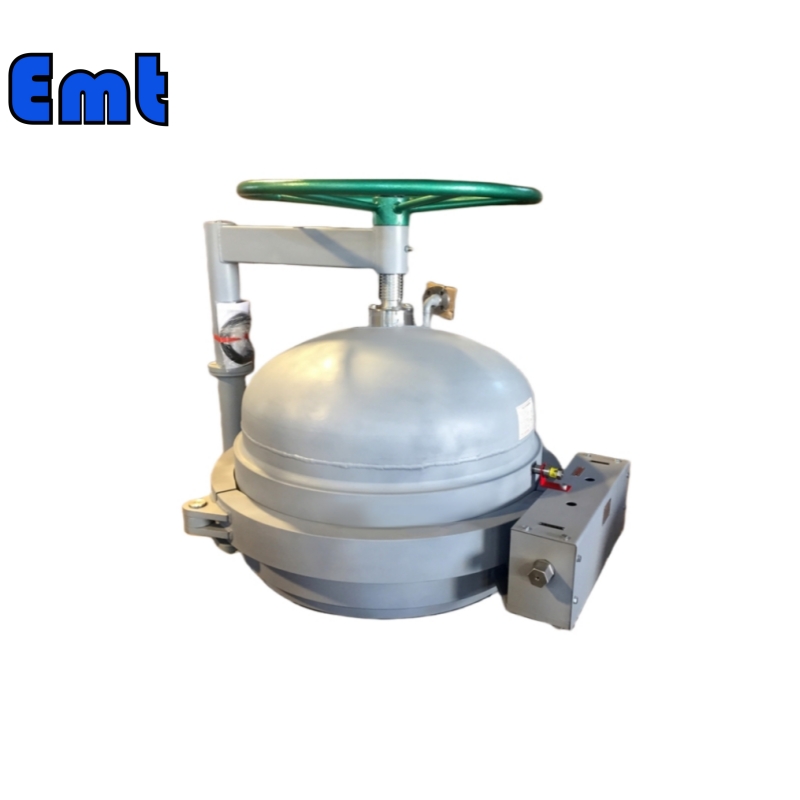
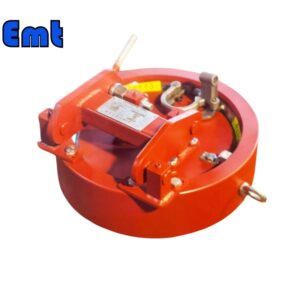
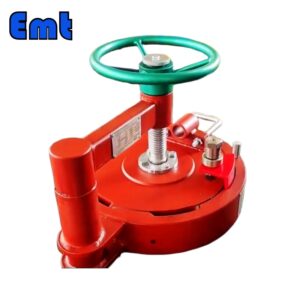
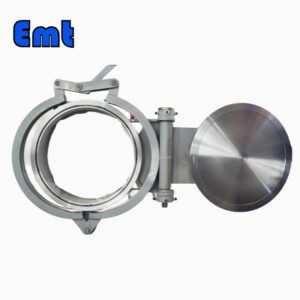

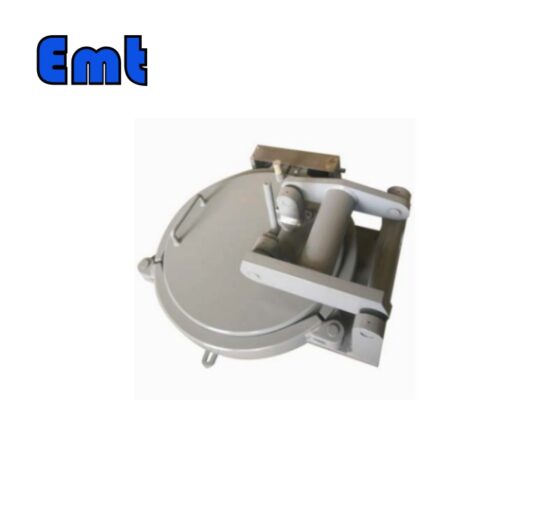

Il n’y a pas encore d’avis.